Stay Ahead of the Curve
Latest AI news, expert analysis, bold opinions, and key trends — delivered to your inbox.
OpenAI Plans Ambitious Release of Its First ‘Open’ Model Since GPT‑2
5 min read OpenAI is launching a new open-source language model this summer, aiming to be more open and flexible than rivals like Meta’s Llama. The model will run on consumer hardware and feature safety testing and transparency. This shift is a response to growing competition and OpenAI's past criticism for being too closed. April 24, 2025 13:23
OpenAI is preparing to reenter the open-source arena — and this time, it wants to do it better than anyone else.
The company behind ChatGPT is developing a new “open” language model, set to launch in early summer, with ambitions to be the best-in-class among open reasoning models. This marks OpenAI’s first such release since GPT‑2 in 2019.
🔓 Open… Really Open
Led by VP of Research Aidan Clark, the model is being designed with fewer restrictions than other so-called “open” models like Meta’s Llama or Google’s Gemma, which have drawn criticism for their tight licensing rules. OpenAI is reportedly exploring a highly permissive license that would allow for broader usage and even commercialization — a notable shift for a company historically criticized for being overly closed.
🧠 Reasoning Power, Consumer-Ready
Internally referred to as a “reasoning model,” the upcoming release will be text-in, text-out and designed to run on high-end consumer hardware. Developers may even be able to toggle its reasoning capabilities on or off, mimicking the flexibility seen in Anthropic’s Claude and similar systems.
If the release is successful, OpenAI is said to be considering additional open models, potentially including smaller, more efficient versions.
🧪 Safety and Transparency: A New Era?
OpenAI plans to release a full model card with the new system — a technical document outlining its training, performance benchmarks, and safety evaluations. The model will also undergo OpenAI’s Preparedness Framework for safety testing, and additional scrutiny due to its open nature and the potential for community modification post-release.
CEO Sam Altman acknowledged in a recent post on X that the company is “doing extra work” on safety for this launch. He’s also publicly reflected on OpenAI’s lack of commitment to open-source in the past, saying during a Reddit Q&A in January:
“We need to figure out a different open source strategy. Not everyone at OpenAI shares this view... but we will produce better models going forward.”
📈 Competitive Pressure from Open Models
OpenAI’s pivot comes amid rising pressure from open-source-friendly rivals like Meta, DeepSeek, and Mistral. Meta recently reported over 1 billion downloads of its Llama models, while newer players like DeepSeek have rapidly gained traction and funding by offering open access to powerful AI systems.
This open release could be a key move to regain trust in the developer and research community and broaden OpenAI’s influence beyond its tightly controlled flagship models.
For now, all eyes are on early summer — and whether OpenAI can strike the delicate balance between openness, performance, and safety in an increasingly fast-moving AI landscape.
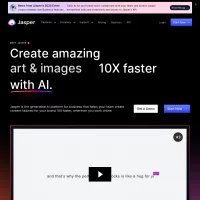
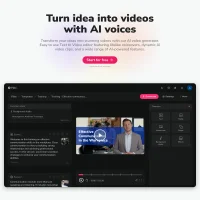
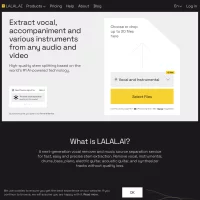

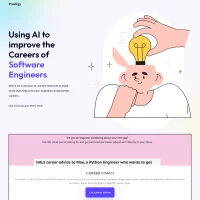
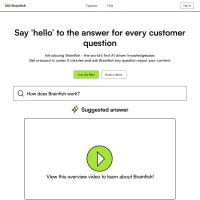







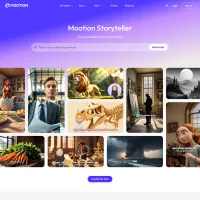





 AI Agents
AI Agents